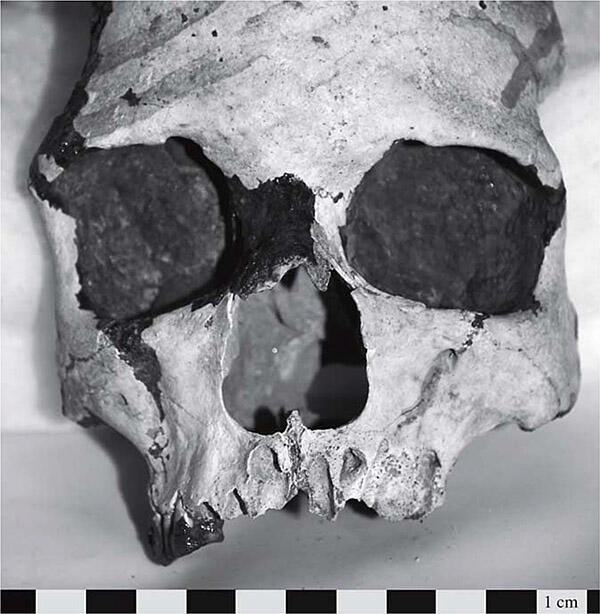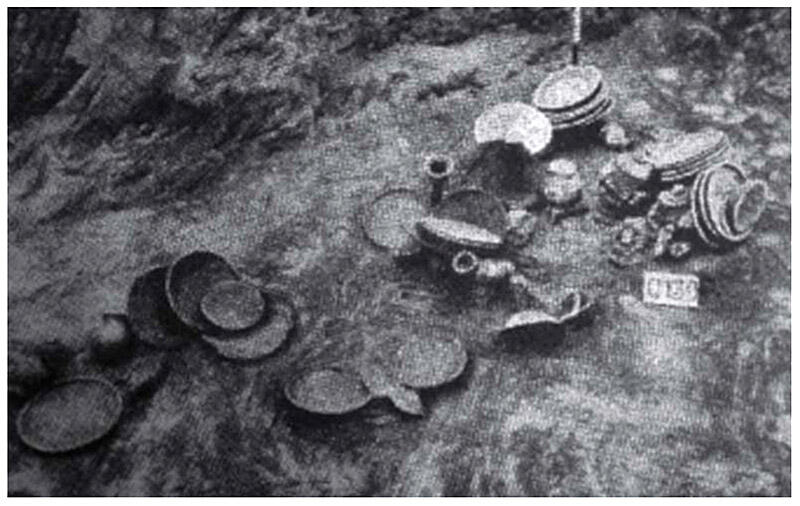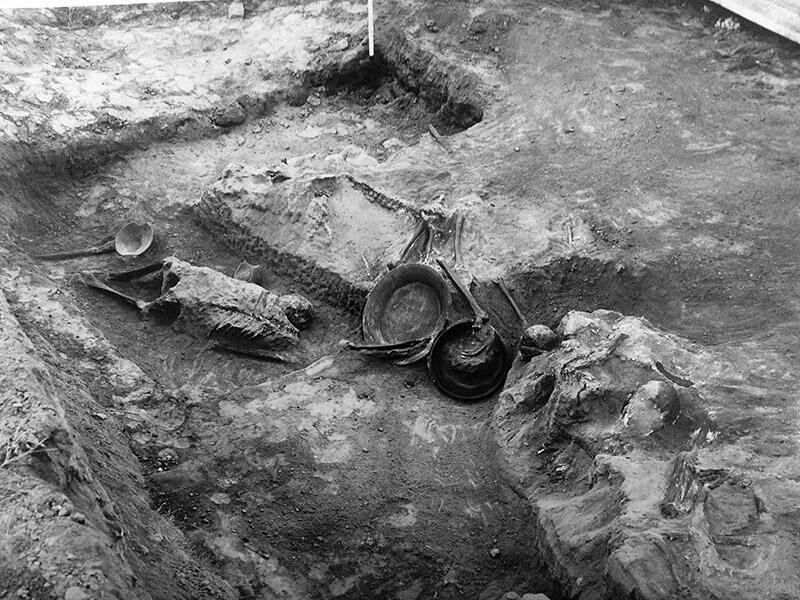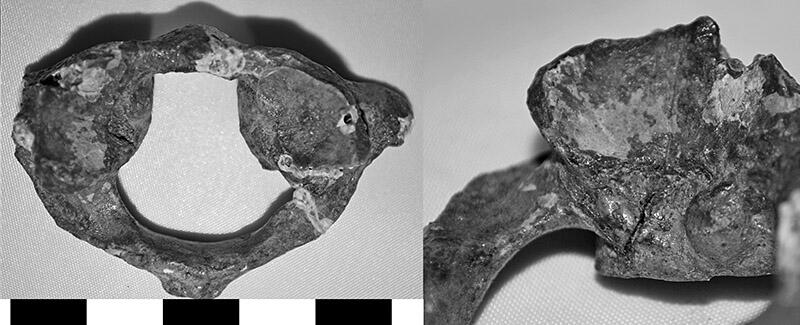"This chapter [in the forthcoming book Pratnamani: Felicitation Volume for Professor Vasant Shinde, 2020] explores previously reported variation in the mortuary practices of two Indus cities—Rakhigarhi and Harappa—to describe the typical range of variation for Indus cemeteries," writes the author. "This chapter demonstrates that the single primary inhumation of a supine [face-up], extended skeleton is not the normative practice in the mature period, which actually included a very heterogeneous mix of mortuary treatments. Once the parameters of variation are defined, this chapter has a goal of combining nomothetic [looking for similarities] and social archaeology approaches to elucidate some of the structural and symbolic aspects of death in Indus society" (p. 1).
This valuable article by Dr. Robbins Schug, who has researched and written extensively on Indus burials, finds that "mortuary behavior too has some homogenous aspects across Indus cemeteries that have been studied: the designation of a formal cemetery, the inclusion of pottery and other artifacts in graves, the apparently haphazard disregard for intrusion on earlier interments, graves oriented roughly North to South for primary interments, and the extended, supine posture of skeletons were typical of the Mature Harappan period at Rakhigarhi (Shinde et al., 2018) and Harappa (Kenoyer and Meadow, 2016)." There are also great variations in burials during the Indus period between sites, whether entirely ceremonial (no body) in a few cases, to multiple burials in one grave, burials in pots, juvenile burials and interesting puzzles like the fact that at Rakigarhi, "the greatest numbers of grave goods in an individual grave were provided for four female individuals buried in brick-lined graves. However, other than these four burials, female skeletons in general had fewer votive pots and were preferentially buried wearing bangles" (p. 3).
Similar diversity in burials was found at Harappa, the only other Indus city where grave excavations have been extensive enough for comparison. These three primary burial grounds range from cemetery R-37 (c. 2550-200 BCE), Area G (c. 2000-1900 BCE) and Cemetery H (c. 1900-1300 BCE). Interestingly, we learn that the condition of the bodies seems to have deteriorated over time, with trauma and disease more prevalent near the end of the mature Indus civilization. Indeed, as the author showed in A Peaceful Realm? Trauma and social differentiation at Harappa, skeletal evidence of trauma is widespread in burials at Harappa, and the "the rate of cranial injury at Harappa (15.5%) was the highest of any skeletal collection in South Asia, from the Paleolithic through the Iron Age, when skeletal material is limited because cremation became common" (p. 7).
She also notes, of the Harappa burials, that "bangles were exclusively associated with female skeletons and worn on the left arm (Kenoyer and Meadow, 2016). Females also had copper and bronze mirrors, anklets, a copper ring, and carnelian bead ornaments worn around the waist. Kenoyer and colleagues report that one skeleton, estimated to be male based on skeletal morphology, was buried with a shell bangle on the right arm, had shell circlets that may have been worn in the hair, and had both micro-beads and jasper beads present in the burial (Kenoyer and Meadow, 2016). Another male wore a long necklace of steatite, gold, and stone beads. This is a fascinating observation and deserves a more thorough treatment from an osteobiographical perspective" (p. 7).
A very interesting paper, that points to a variety of practices even among common elements in ancient Indus burials: "Indus mortuary behavior was very diverse.A nomothetic analysis of the patterns of mortuary rituals suggests that there is no one predominant form of burial. The single inhumation of a supine extended skeleton is not the most common form when all of the data from these two sites is considered, although it was the most common pattern at Rakhigarhi alone. This difference between the two sites suggests the need for detailed excavation and analysis of additional Indus Age cemeteries is required to develop our understanding of what was “typical” or not in this period" (p. 10). In short, it is very hard to generalize about Indus society and the likely many people who lived within it.
Images [Note these are not in the article PDF at Academia.edu but are seem here, with Fig. 4 shown first above]:
Figure 4: Skeletal evidence of lesions consistent with a diagnosis of leprosy from the post-urban period cemetery H, stratum II at Harappa.
Figure 1: A large assemblage of ceramic vessels buried in a pile above the human skeletal remains in Area G. Image taken by M.A. Vats (British Museum collection).
Figure 2: A single prone burial (G.289) in Area G (view from northeast corner). The cranium is placed to the left of the skeleton. Image taken by M.A. Vats (British Museum collection).
Figure 3: The first cervical vertebra from the prone skeleton in Area G (G.289) was present and there is a cutmark running diagonally across the left superior articular condyle, suggesting deliberate post-mortem dismemberment and decapitation.








